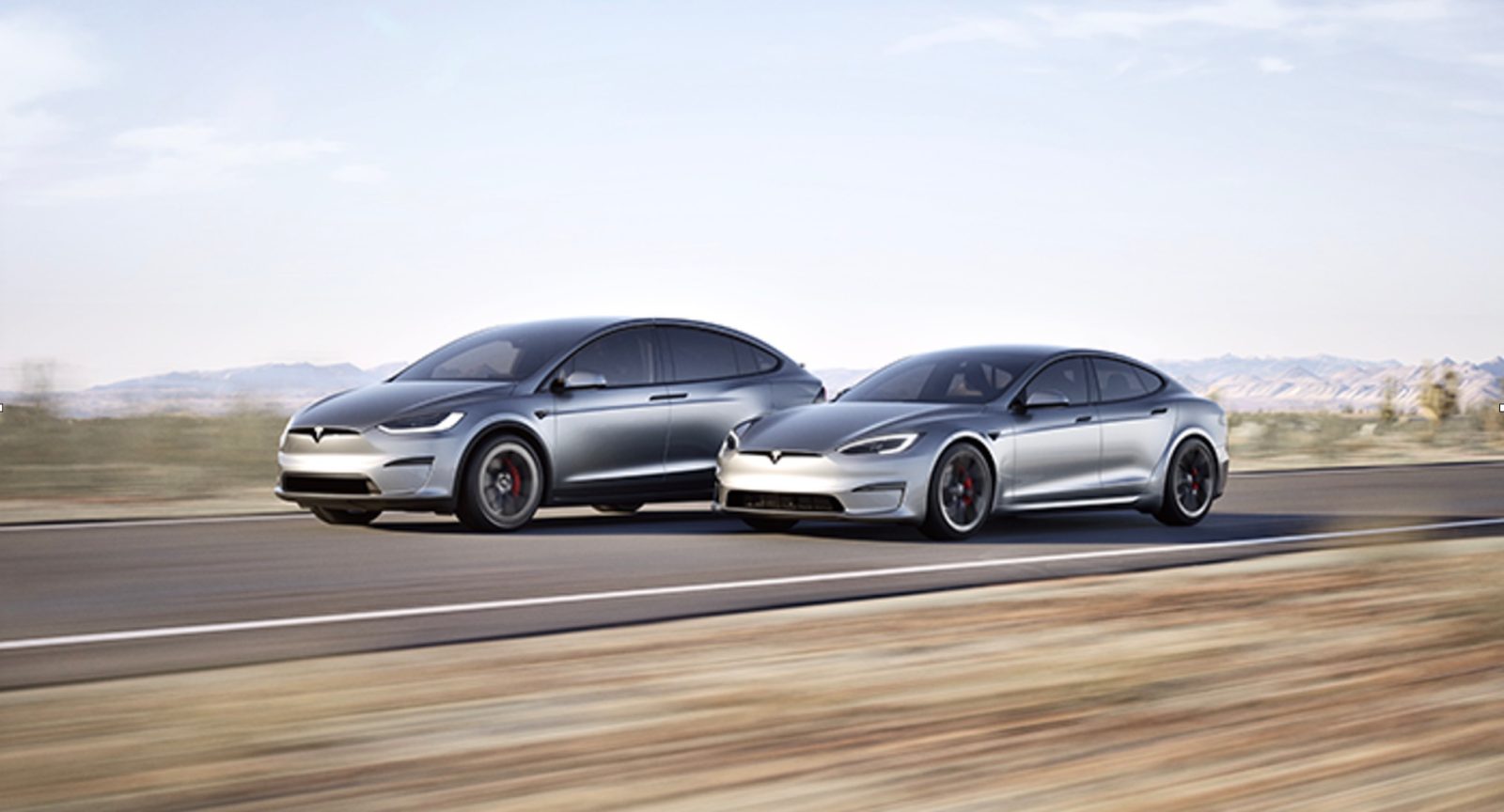
Tesla Model S and Model X sales are not doing well, and Tesla is hiding that decline through its opaque delivery reporting.
As we have often reported, Tesla doesn’t break down its sales by model. The lack of transparency is frustrating as it makes it harder to track the health of its vehicle programs. Tesla is virtually the only major automaker to do that.
These days, Tesla only breaks down deliveries into two categories: Model 3/Y and ‘other models’. The latter includes Model S, Model X, Cybertruck, and Tesla Semi deliveries.
This wasn’t too big of an issue before Cybertruck, but now that Tesla is ramping up production of the electric pickup truck, it is making it much harder to track Model S/X sales.
Earlier this week, Tesla disclosed 21,551 “other models” deliveries in Q2.
As we previously reported, Cybertruck recalls gave us a good idea of deliveries in Q2. We put Cybertruck deliveries at 8,000 to 9,000 units last quarter.
If we subtract those from Tesla’s disclosure, it would put Model S/X sales around 12,000-13,000 units.
That’s 31-37% down from 19,225 Model S/X deliveries reported during the same period last year.
A more than 30% decline in deliveries year-over-year is certainly significant.
Tesla is seeing increased competition in the higher-end segments where Model S and Model X compete with now virtually every legacy luxury automaker having premium sedans and SUVs.
The models are still highly competitive with those new entries, but the technology advantage is becoming less evident.
Electrek’s Take
Let’s start by making it clear that Model S and Model X are not super meaningful to Tesla’s overall performance as they are much lower volume vehicles even without this ~30% decline.
However, it could be an indication of what is to come for Tesla’s newer models if the automaker can’t keep ahead of its competition.
Unlike last quarter, Tesla doesn’t have production excuses for Model S and Model X. It simply looks like these two models are losing a lot of momentum.
It’s understandable as these models feel like an afterthought for Tesla, which is much more focused on the much higher volume Model 3 and Model Y.
But it does highlight Tesla’s limited ability to advance several vehicle programs at the same time. As an automaker, it is probably Tesla’s biggest weakness compared to legacy automakers, who have more experience juggling several vehicle programs at the same time.
Finally, I’d like for Tesla to break down sales per model like virtually every other automaker other than itself and Rivian – who, to be fair, only has two models
FTC: We use income earning auto affiliate links. More.